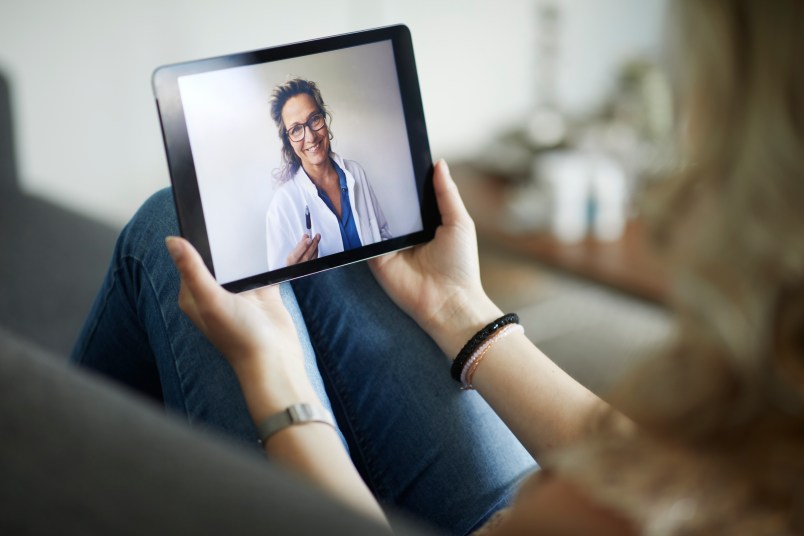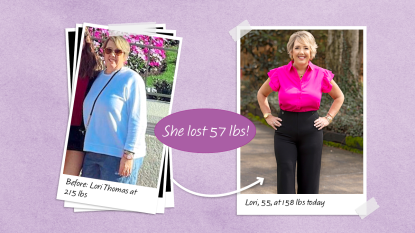3 Ways to Get the Most from Telemedicine

Who wants to leave the comfort and safety of their home to sit in a germ-y doctor’s office? Not you! “Telemedicine is the ultimate convenience,” says Felice Gersh, MD, director of California’s Integrative Medical Group of Irvine, “and it’s easier to do than you might think.” Check out these four tips for your best visit.
Pick the best setup.
FaceTime, Skype, Zoom — there are a host of programs that can help you chat with a physician on a device. “Just call your doctor’s office and they can tell you which one they use, plus how to download it,” says Yuna Rapoport, M.D., assistant professor of ophthalmology at Mount Sinai’s Icahn School of Medicine in New York City. Many insurers offer this service through health-care companies like Teladoc, Amwell and Doctor on Demand, and may even offer a discount.
Gather your thoughts.
“Jot down your health concern and symptoms beforehand so you won’t forget anything important during the consult,” suggests Dr. Gersh. List any preexisting conditions and medications you use, the dates of previous surgeries, plus the contact information for your pharmacy. Want to show your doctor something specific, like a skin rash or red throat? Take pictures beforehand so they’re ready for your appointment.
Find a quiet spot.
Pick a quiet spot in your home and place your laptop or phone so the camera is at eye level — that way your doctor can see and hear you clearly, suggests Michael Tehrani, MD, geriatric physician in Long Beach, California.
Also smart: Turn off the TV and any noisy appliances, and ask a loved one to keep energetic pets or little ones out of the room during your appointment.
Lean into the perks.
Not only do you avoid crowded waiting rooms, virtual appointments feel less rushed, says Catherine Navarro, MD, a dermatologist in West Palm Beach, Florida. “Since they’re not taking place in a busy doctor’s office, it’s easier for us to give patients undivided attention and really listen.” Of course, a doctor who is new to telemedicine might still interrupt — the average physician listens for just 11 seconds before jumping in. If that happens, don’t hesitate to (politely) interrupt and finish your story!
Consider using headphones with a microphone so you can hear better and can be better heard.
This article originally appeared in our print magazine.













